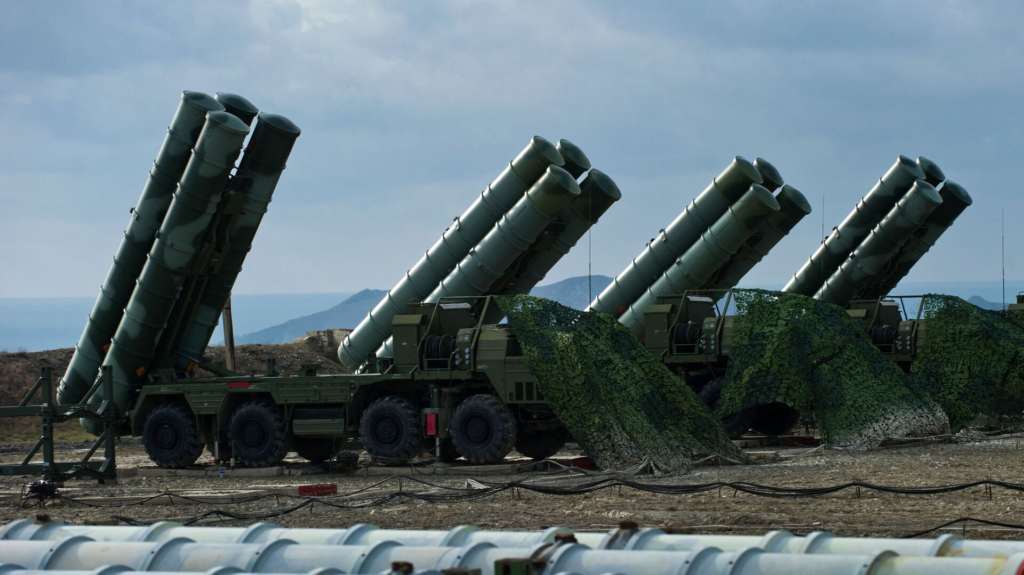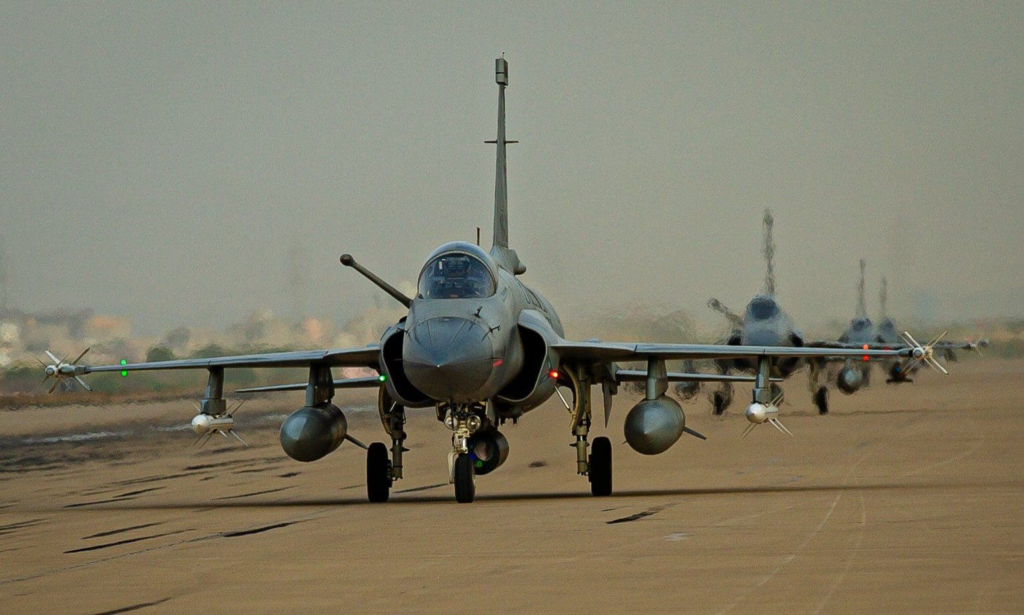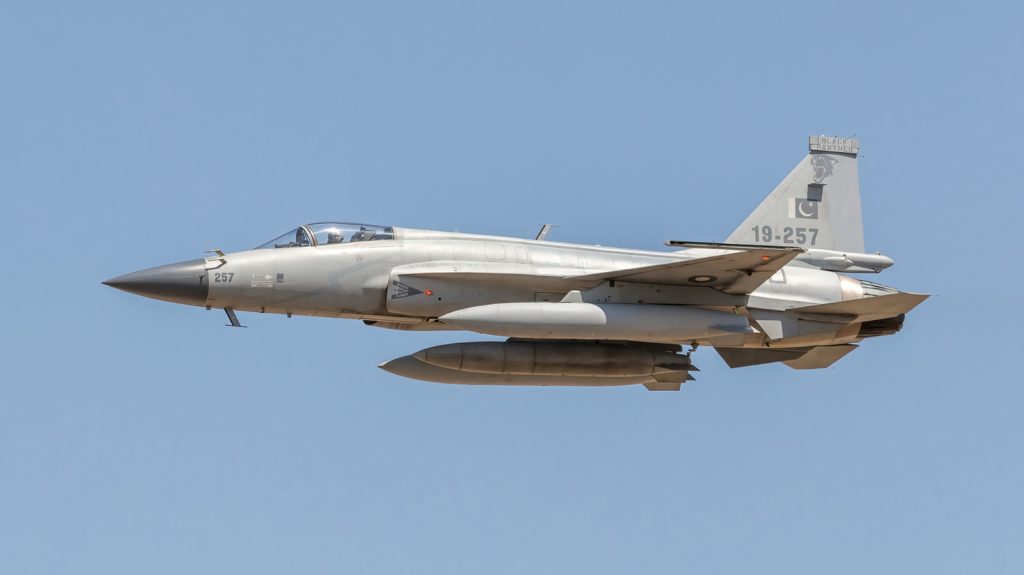Indian news outlets recently claimed that Russia decided to supply Pakistan with RD-93MA engines for its JF-17 Thunder fighter jets. The reports suggested that the move came despite India’s objections. This sparked debate because Russia and India have been long standing defense partners. For over five decades, both nations have collaborated in military hardware, nuclear energy, and space programs.
The JF-17 Thunder and RD-93MA Engine Connection
The JF-17 Thunder has used the RD-93MA engine for over a decade. This engine is a derivative of the Klimov RD-33, adapted for single-engine configurations. China designed the JF-17 and assembles it in collaboration with Pakistan and powers it using Russian-made RD-93MA engines. However, these engines do not reach Pakistan directly from Russia. Instead, China acts as the intermediary and procures them under its own agreements with Moscow. Therefore, the recent reports of “new Russian supplies” do not represent any new development in reality.

Russia’s Strategic Balance with India and China
Russia and the erstwhile Soviet Union have remained India’s primary arms suppliers for over half a century. However, India has diversified its defense imports in recent years. New Delhi now acquires systems from the United States, France, the United Kingdom, and Israel. Although Russia’s share in India’s defense imports has declined, acquisitions such as the S-400 Triumf air defense system and discussions around the Su-57 fighter have brought Moscow back to prominence.


Despite this, Russia continues maintaining strong ties with China. Moscow’s cooperation with Beijing spans defense, energy, and aerospace sectors. Hence, the transfer of engines to Pakistan through China does not affect the India–Russia equation. The transaction remains purely commercial and indirect.
Pakistan’s Fleet and the Engine Supply Dynamics
Pakistan already operates over 150 JF-17 Thunder aircraft, all powered by RD-93 or RD-93MA engines. These engines reach Pakistan via Chinese intermediaries under existing contracts. Therefore, claims that India has urged Russia to halt supplies appear to be more optical than practical. It appears such reports may even originate from Chinese sources, possibly to pressure Pakistan into adopting indigenous Chinese engines instead.


China’s Push for WS-13 Engines
China has developed its own WS-13 turbofan engine as a domestic replacement for the RD-93MA. The WS-13 offers lower thrust and reduced service life compared to the Russian engine. Pakistan has shown reluctance to adopt the WS-13 due to reliability concerns and performance limitations. Engineers cite that the WS-13’s lower thrust-to-weight ratio affects climb rate and payload efficiency. Additionally, its mean time between overhauls (MTBO) remains significantly below Russian benchmarks.

Comparative Evaluation of Engine Standards
Russian engines like the RD-93MA are not considered state-of-the-art compared to Western designs from General Electric, Rolls-Royce, or Safran. Their thermodynamic efficiency and turbine temperature tolerance remain lower. However, Chinese engines still trail behind in metallurgical quality, compressor efficiency, and turbine blade longevity. Therefore, despite limitations, the RD-93MA remains the preferred choice for the JF-17 platform until China can demonstrate equivalent or superior propulsion reliability.

The reports about Russia supplying Pakistan with RD-93MA engines reflect a misunderstanding of existing supply chains. The engines have long reached Pakistan through China, and no new geopolitical shift exists.

Why the Russian jet engine controversy just now? The Chinese JF-17 design has been using the Russian RD-93 engine since the inception of Block 2 JF-17s around 2010. The same engine is giving service in the Indian MiG-29. Those engines are actually getting supplied to China and have been fitted in those Pakistani fighters. China also utilises RD93 engines in its aircraft, other than the JF-17.
RD93 engine maintaince cycle is shorter than its western counterparts. It’s costlier too.
Western counterparts are doing their job to create rifts